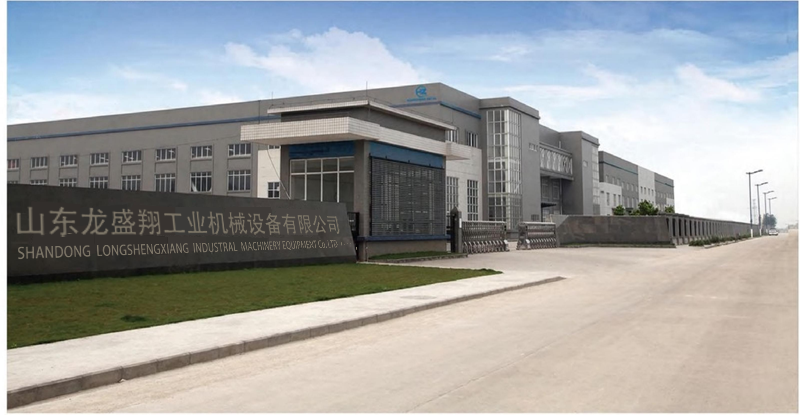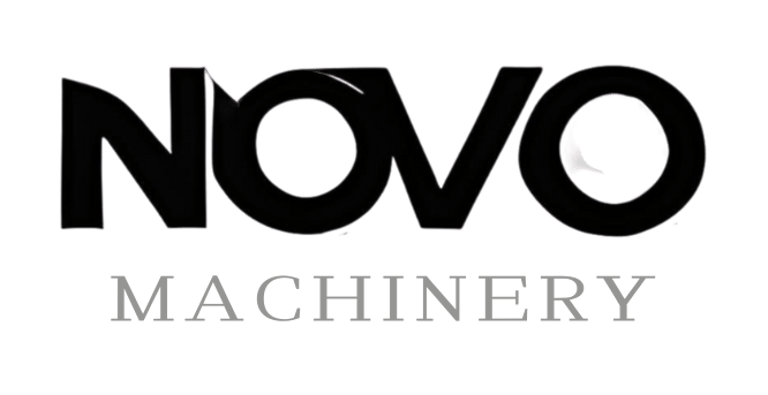Southeast Asia's 5 Million Production Value Factory Rebels: Vietnamese Customer Compresses Lead Time from 15 Days to 5 Days with Busbar Processing Machine
7/8/20255 min read


Introduction to the Busbar Processing Revolution
The manufacturing landscape of Southeast Asia is undergoing a transformative shift, particularly with the introduction of advanced busbar processing machines. These innovative technologies are designed to optimize production processes, significantly reducing production lead times—a critical factor in the competitive market. With increased demands for efficiency and speed, factories in the region have faced substantial challenges in maintaining their output while meeting tight deadlines. The effective integration of busbar processing technology has emerged as a compelling solution to these challenges.
Traditionally, manufacturing processes concerning busbars, which are essential in distributing electricity in various industries, have been cumbersome and time-consuming. Factories often faced lead times that extended to 15 days or more due to the manual handling and extensive operational steps required in the production of busbars. This not only increased costs but also limited the ability of manufacturers to respond promptly to market dynamics, thereby stifling their growth potential. The pressing need for enhanced efficiency has prompted manufacturers to seek innovative solutions that leverage modern technology.
The advent of busbar processing machines represents a significant advancement in manufacturing capabilities, allowing for streamlined operations that drastically reduce lead times. These machines automate critical processes such as cutting, bending, and punching of busbars, ensuring precision and speed that manual processes simply cannot achieve. As exemplified by a notable Vietnamese factory, the implementation of such technology has resulted in a remarkable reduction of production time from 15 days to just 5 days. This development not only enhances the factory's operational efficiency but also strengthens its competitive edge in a rapidly evolving marketplace.
In the following sections, we will delve deeper into the specific impacts that busbar processing machines have had on manufacturing in Southeast Asia and explore the implications for factories striving to keep pace with global demands.
The Impact of Compressed Lead Times on Production Efficiency
Reducing lead times from 15 days to 5 days can profoundly influence production efficiency within factories, particularly in the competitive landscape of Southeast Asia. Compressed lead times facilitate several operational benefits that collectively enhance overall productivity. One of the most significant advantages is the increase in throughput. When factories can process orders more quickly, they can complete a greater volume of work in the same timeframe, allowing for more products to reach the market promptly. This acceleration not only boosts output but also elevates the factory's competitiveness amidst rival entities.
Additionally, shorter lead times improve inventory management. With a shift towards a more efficient processing system, companies can transition to a just-in-time inventory model. This approach minimizes excess stock and mitigates the risks associated with overproduction or obsolescence. By efficiently managing resources, businesses can lower holding costs while ensuring that they have the necessary materials available to fulfill customer demands without delays. Furthermore, enhanced inventory control helps streamline operations, reducing the complexities associated with warehousing and stock-level monitoring.
Moreover, compressed lead times significantly enhance responsiveness to customer demands. In a rapidly evolving market, businesses that can adapt quickly to changing consumer needs gain a considerable advantage. With the ability to deliver products faster, companies can foster stronger relationships with customers, leading to improved satisfaction and loyalty. This responsiveness can also provide an opportunity for businesses to expand their offerings, tapping into new market segments and differentiating themselves from competitors.
In a nutshell, reducing lead times not only optimizes production processes but also contributes to higher profitability for factories operating in Southeast Asia. As companies embrace faster processing times, they position themselves to thrive in a challenging marketplace, ultimately reinforcing their operational capabilities and market presence.
Case Study: The Vietnamese Factory's Journey
The journey of the Vietnamese factory in adopting the busbar processing machine exemplifies the transformative power of advanced technology in manufacturing. Initially, the factory faced significant challenges, including lengthy production lead times which averaged 15 days. This delay hindered the company’s ability to fulfill customer orders in a timely manner, thereby affecting overall customer satisfaction and market competitiveness. The management team recognized that maintaining the status quo could jeopardize the factory's future in an increasingly demanding market.
During a strategic meeting, the management initiated discussions on potential solutions, which led to an exhaustive evaluation of the available technologies. The decision-making process involved analyzing the capabilities of various machines, with a keen focus on reducing lead times and enhancing production efficiency. The busbar processing machine emerged as a front-runner due to its ability to streamline operations and reduce the time required for processing busbars. The management was particularly impressed with the machine’s specifications, which promised not only to cut lead time dramatically but also to improve the precision of the manufacturing process.
Following the decision to acquire the busbar processing machine, the implementation phase commenced. This involved procuring the machinery, training employees, and integrating the new system into existing workflows. The factory staff underwent extensive training to familiarize themselves with the advanced technology, ensuring that they could maximize the machine’s capabilities. The project concluded on schedule, and the effects were immediately observable. The lead time was successfully compressed from 15 days to just 5 days, enabling the factory to respond more effectively to customer demands. This outcome highlights the significant benefits of adopting advanced manufacturing technologies, illustrating a successful case study in the realm of production optimization.
Future of Manufacturing in Southeast Asia: Trends and Predictions
The manufacturing landscape in Southeast Asia is rapidly evolving, largely influenced by the successful implementation of innovative technologies and processes, as evidenced by the Vietnamese factory's reduction of lead time from 15 days to 5 days utilizing a busbar processing machine. This paradigm shift indicates a broader trend towards efficiency, adaptability, and responsiveness in manufacturing operations across the region. Factories are increasingly adopting advanced technologies such as automation, artificial intelligence, and the Internet of Things (IoT) to streamline production processes and enhance supply chain management.
As competition intensifies, manufacturers in Southeast Asia are expected to prioritize technological advancements to maintain their competitive edge. Emphasizing innovations like smart manufacturing and predictive maintenance will allow factories to optimize operational performance and reduce downtime significantly. Furthermore, such advancements will facilitate a shift towards sustainable practices, where factories increasingly focus on minimizing waste and utilizing renewable resources. The combination of efficiency and sustainability is crucial as businesses adapt to the growing consumer demand for environmentally friendly products.
Investment in workforce development will also play a pivotal role in shaping the future of manufacturing in this region. Equipping employees with modern skills and knowledge will not only improve productivity levels but also encourage a culture of innovation within manufacturing environments. Companies are likely to form partnerships with educational institutions to create training programs that align with emerging industry needs, ensuring that the workforce remains agile and competent.
The manufacturing sector's evolution will further be driven by changing market demands, including customization and rapid delivery. As consumers increasingly expect tailored solutions, manufacturers must adapt their offerings accordingly, investing in flexible production systems that can respond quickly to varying consumer preferences. Overall, the outlook for manufacturing in Southeast Asia is one of continuous adaptation and innovation, reflecting the dynamic nature of global market demands.
Innovate
Leading manufacturer of busbar processing equipment solutions.
Contact
Support
+131 2713 4627
© 2025. All rights reserved.
